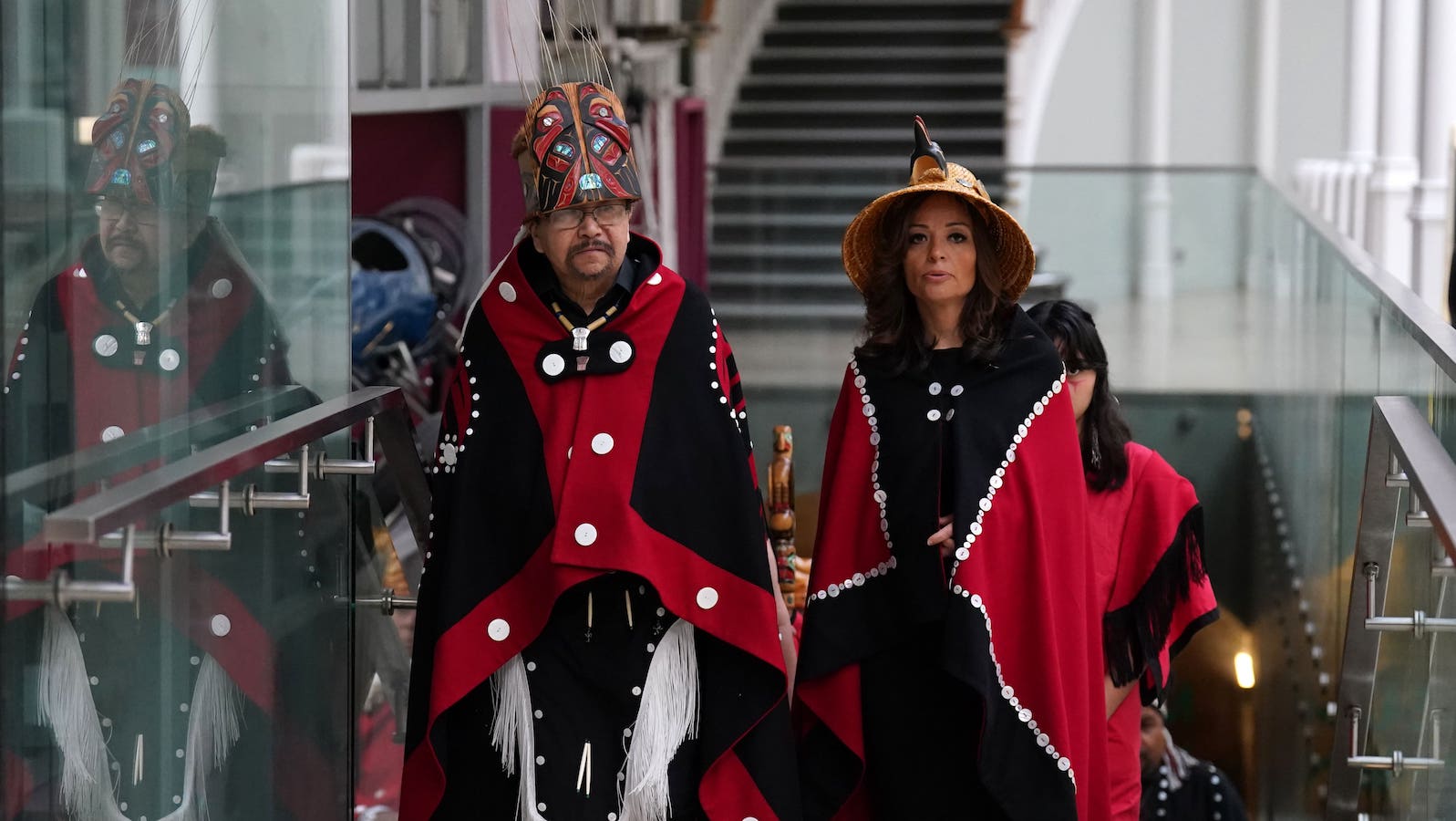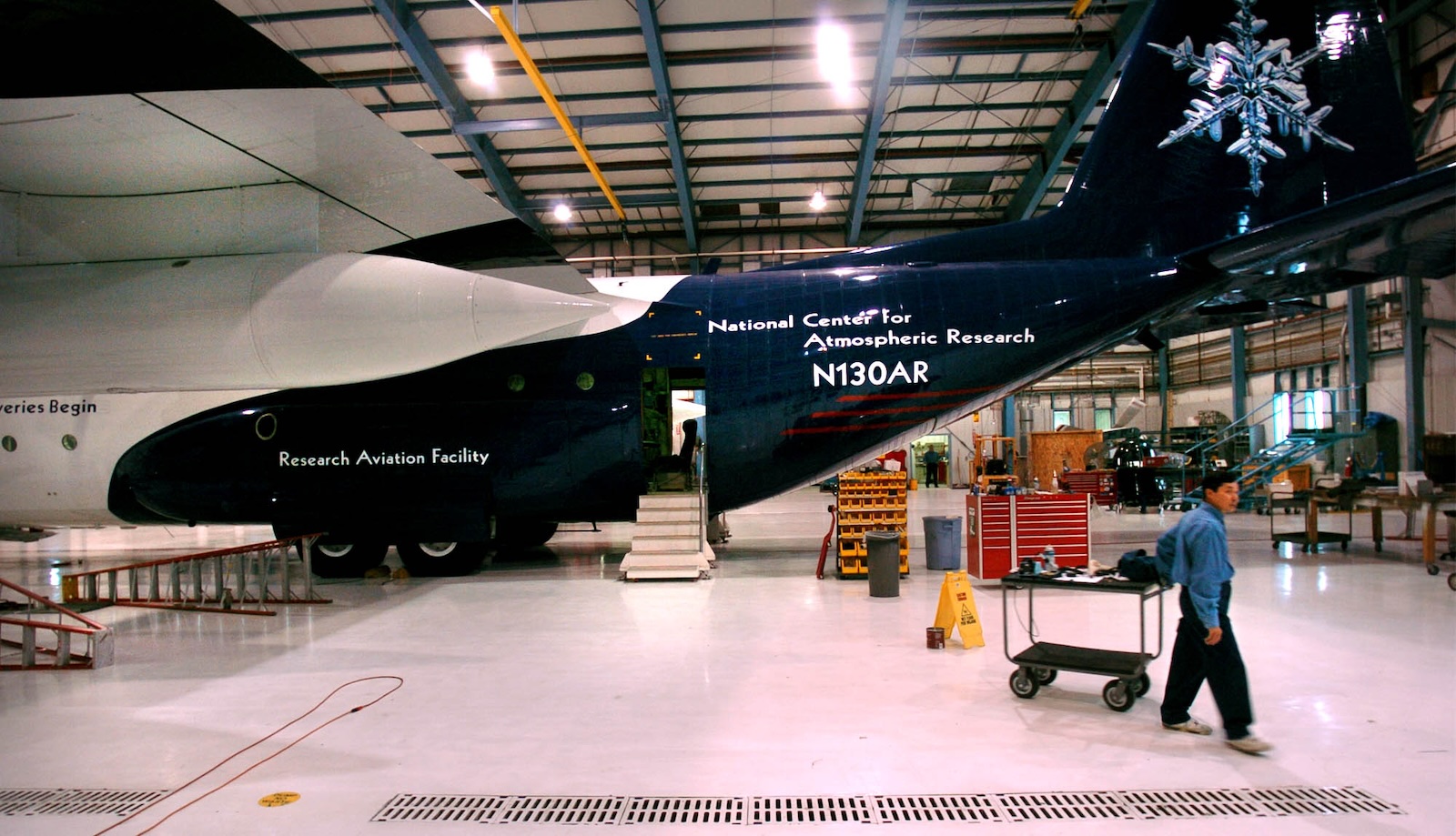For more than 30 years, the United Nations has helped support research positions at universities to delve into the most pressing issues facing humanity: climate change, sustainable development, peace, and human rights.
Nearly 1,000 UNESCO chair positions have been established in universities across 120 countries. But only a handful of them — fewer than 10 — have been explicitly dedicated to issues facing Indigenous peoples.
Now, two Indigenous researchers from Canada and India have been tapped to co-chair a new role dedicated to advancing Indigenous rights through strengthening data sovereignty, stemming language loss, and improving research practices. Amy Parent, a member of the Nisga’a Nation in British Colombia, and Sonajharia Minz of the Oraon Tribal Peoples in India have been named co-chairs of the UNESCO Chair in Transforming Indigenous Knowledge Research Governance and Rematriation.
Indigenous knowledge has long suffered under colonial rule, and now, Indigenous languages and ways of life are increasingly at risk due to climate change. More than half of the world’s 7,000 languages are on track for extinction, an end which could be hastened by the climate crisis. Sea level rise, storms, and rising heat are forcing Indigenous peoples to leave their homelands and making it harder for communities to maintain traditional languages, lifestyles, and cultural practices. Those same extreme weather events are exacerbating existing health risks for elders and other knowledge holders, some of whom are the last in their communities to be native language speakers. At the same time, traditional ecological knowledge, often captured within Indigenous languages, is increasingly seen as a climate solution.
“When we look at Indigenous knowledge systems, everything’s connected,” Parent said. “Language is connected to land, land is connected with language, it’s connected to thinking, it’s connected to health. It’s connected to how we learn. And so when we start damaging one, we damage everything.”
Grist spoke with Parent about Indigenous knowledge systems, their connection to climate change, and what she hopes she and Minz can accomplish in this new role.
This interview has been edited for length and clarity.
Q. One of your goals is help stem the loss of Indigenous languages, which are rapidly disappearing. How would you characterize what’s at stake?
A. Language is everything. Language teaches us how to think and how to know and how to connect with our land and with all living beings and teaches us our relationships with everything. If the languages continue to be taken, then we lose so much knowledge and so many values and ways of living within the world that can support us in ways where all of humanity can survive. I think we’re in a really critical moment and we need to do everything we can. If we don’t have our languages, they can’t teach us how to live well in the lands and the places where we currently reside.
For example, in my nation, we have five percent of fluent speakers left. And certainly, we are seeing a reawakening of Indigenous languages around the world. But it’s also a pressing priority for us to continue restoring and revitalizing them. So that’s something that we really want to continue in terms of our work supporting the goals of the U.N. decade for Indigenous languages and continuing to work with as many language champions and language educators and teachers as possible.
Q. Can you share more about the relationship between Indigenous languages, land, and climate?
A. In a Nisg̱a’a teachings — considered a “total way of life” — our seasonal calendar is more than a way to mark time, it is a governance framework encoded in language. Each month carries a land-based teaching that guides how we relate to land, water, and each other. For example, X̱maay — the month “to eat berries,” aligning with July — signals the time when salmonberries and other plants ripen. But this is not only about harvesting; it’s a land-based teaching that also marks the return of the salmon. The color of the salmonberry is a cue to prepare nets, clean our jars, and get our smokehouse ready. These signals are remembered and passed on through language, linking living ecological cycles to our collective responsibilities.
This is why Indigenous languages are inseparable from land. A single word like X̱maay contains generations of climate knowledge, laws, and cultural practices. When we revitalize our languages, we are not just preserving communication, we are restoring relational systems practiced across generations.
When Indigenous languages are lost, these intergenerational signals — our original “climate science” — are at risk of vanishing too. But when we respect, revitalize, and uphold Indigenous knowledge systems, we restore these living relationships and the teachings that uphold not only our lifeway but the renewal of Mother Earth.
Q. What needs to happen to prevent the extinguishing of Indigenous languages?
A. I think we need to start listening to Indigenous peoples and what’s being said first and foremost about our languages, why they’re important. We need to prioritize them in our education systems. Here in Canada, we have French and English as our dominant languages. When we look at French language funding, it is a healthy, thriving language that is disproportionately funded by the Canadian government compared to Indigenous languages. And I think sometimes as Indigenous peoples, we need to remind our own governments of the importance of our language in terms of priorities. It can be very challenging for our leaders when they’re grappling with funding issues, resource issues, health and healing crises amongst everything, that sometimes our languages get put on the back burner. And so I think it’s really important that we prioritize them in everything that we do.
Q. A decade ago, the United Nations adopted sustainable development goals to address poverty, hunger, climate change, and many other ambitious goals. Yet since then, the situation for Indigenous peoples has worsened, according to the International Work Group for Indigenous Affairs. What do you think about its conclusion, and what that says about the relationship between sustainable development goals and Indigenous ways of thinking?
A. It’s a necessary critique of the work right now. These U.N. bodies are doing their best but that’s a clear example of what happens when we don’t connect these green priorities with Indigenous systems and languages. Ultimately we’re just tapping something onto an existing framework: We’re not changing capitalism or questioning anything. We’re just perpetuating ongoing systems of inequality that keep on impacting the land, the roles of women, our language, and our future generations.
If you look at the conditions of Indigenous peoples around the world, they’ve gotten worse. That, to me, was more of an impetus for the work that we need to do. We can greenwash anything but we’re not going to change anything. Until we start to recognize the knowledge systems and the languages and the places from where we currently have the opportunity to reside and the privilege to reside, we’re not going to know how to live well within the living systems that we’re a part of and how to protect them and how to preserve them and promote them for future generations.
Q. You mentioned that you adopted the term “rematriation” rather than repatriation in part because the Nisga’a Nation is a matrilineal society. Now rematriation is part of your job as U.N. chair. What does rematriation mean to you?
A. Repatriation itself is really still about patriarchal authority, it’s still about reinforcing colonial logics, laws, and practices. And if we’re really to honor all of the amazing women that have gotten us to where we are today, then we need to change that term and make it more relevant. Rematriation has other dimensions, but most certainly it has to do with the restoring of our matriarchal authority within our own communities that’s been impacted by colonialism. I think it’s about honoring and recognizing that as Indigenous peoples. What, for me, rematriation represents is a balancing of all the roles in our communities with our men, with two-spirit gender diverse people, with their children, with our elders, with the matriarchs, with their chiefs, and it’s about trying to bring that balance back in that’s been disrupted by colonialism. And so, for me, it’s also a process of healing and restoring and reclaiming what was really never given up.
Q. How would you describe the significance of your new UNESCO role for Indigenous peoples?
A. It means that we have another door open to us to be able to talk to some of those who are in power who can make decisions and shape policies to allow us to create the space that we need to support our own languages and cultures. It’s a door that I’m still learning about because I haven’t been in those rooms. But it’s the door to further conversations that can support our people. It’s for everybody and anybody who feels that they’re a rights holder for Indigenous systems and for our ways of knowing, being, and doing.
Our roles are to keep that door open and to allow as many Indigenous peoples as possible to get into that room.
Source link
Anita Hofschneider grist.org


